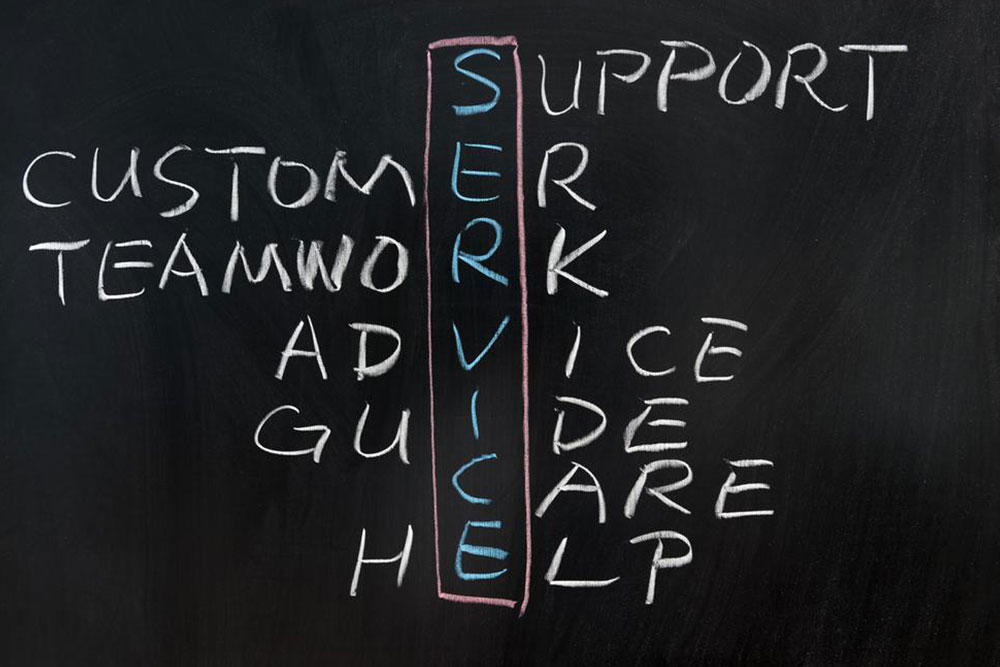Comprehensive Guide to Transitioning Your Infrastructure to the Cloud
This comprehensive guide provides essential insights into migrating to cloud infrastructure. It covers key considerations such as workload assessment, dependency mapping, capacity planning, and security configuration. By following these strategies, organizations can ensure a smooth transition, optimize performance, and unlock the full potential of cloud technology for increased agility and cost savings. A well-executed cloud migration supports long-term growth and digital transformation initiatives, positioning businesses to succeed in a rapidly evolving technological landscape.

Strategic Considerations for Effective Cloud Migration
In today’s rapidly evolving technological landscape, embracing cloud computing has become more than just a trend — it's a necessity for modern businesses seeking agility, scalability, and cost efficiency. Transitioning to cloud infrastructure allows organizations to reduce reliance on expensive, maintenance-heavy on-premises hardware while unlocking new opportunities for innovation and growth. However, making the move efficiently requires careful planning, in-depth analysis, and strategic decision-making. This comprehensive guide aims to walk you through the critical aspects of migrating to cloud platforms, ensuring a seamless and successful transition that aligns with your organizational goals.
Why Transition to Cloud Platforms?
The exponential growth of digital transformation initiatives such as Internet of Things (IoT), Artificial Intelligence (AI), machine learning (ML), and big data analytics is driving more businesses toward the cloud. These technologies generate massive volumes of data that need efficient storage, processing, and analysis, which traditional on-premises infrastructure often struggles to meet cost-effectively.
Cloud services provide unmatched scalability and flexibility, allowing organizations to expand or reduce their resources dynamically based on current demand, without significant capital expenditures.
Organizations hesitant to shift entirely can initiate hybrid cloud models, combining private cloud, on-premises resources, and public cloud, thus enabling gradual migration while maintaining control and security.
Understanding the Foundations of Cloud Migration
The success of a cloud transition hinges on meticulous planning and strategic execution. Several critical considerations must be addressed upfront to lay a strong foundation for migration, ensuring minimal disruption and maximum benefit.
Assessing and Optimizing Computer, Storage, and Network Configurations
Effective workload management begins with measuring and right-sizing hardware resources. Over or under-provisioning can lead to unnecessary costs and poor performance.
This process involves thorough performance testing, benchmarking, and predictive analytics to understand the specific needs of each workload.
Automation tools and analytics help pace resource allocation, avoiding waste and ensuring systems are optimized for current and future demands.
Comprehensive Application Inventory and Dependency Mapping
Understanding your applications' architecture and dependencies is essential before migration. Proper mapping helps identify critical communication points, data flows, and interaction patterns among applications and servers.
This step helps in avoiding unexpected downtime and security vulnerabilities, ensuring that all components are accounted for and their dependencies are preserved during migration.
Utilizing monitoring tools to track traffic and usage patterns helps identify potential bottlenecks and overlooked elements.
Matching Workloads with Cloud Capabilities
Not all workloads are suitable for cloud migration. Legacy systems, for example, might be more economical and secure when maintained on-premises.
Workloads with variable resource needs, such as applications experiencing fluctuating CPU and I/O operations, can leverage cloud auto-scaling features for optimal performance and cost efficiency.
Performing detailed performance analysis and usage tracking assists in determining which applications should move to the cloud and which should remain local.
Assessing Application Complexity and Prioritization
Simplicity is key when initiating a migration. Start with low-risk, less complex applications such as development, testing, or staging environments to build experience and confidence.
Application classification based on dependency mapping, CPU consumption, and criticality aids in prioritizing migration phases.
High-stakes, mission-critical applications with complex dependencies should be migrated carefully in later phases, ensuring thorough testing and validation.
Firewall Configuration and Security Considerations
Understanding and configuring firewall rules are central to securing your cloud environment.
Identify necessary communication ports for inbound and outbound data flows, ensuring only essential traffic is permitted.
Proper configuration of TCP and UDP port rules helps protect your network segments while maintaining seamless application communication.
Conclusion: Making Your Cloud Transition Successful
Migration to cloud infrastructure offers significant advantages, including enhanced scalability, flexibility, and potential cost savings. However, to realize these benefits fully, organizations must approach the process methodically, addressing technical, security, and strategic factors. Through careful workload assessment, dependency mapping, capacity planning, and security configuration, your organization can ensure a smooth transition to the cloud that supports current needs and future growth. Embracing cloud migration today can position your business for greater innovation, efficiency, and competitive advantage in the digital age.





